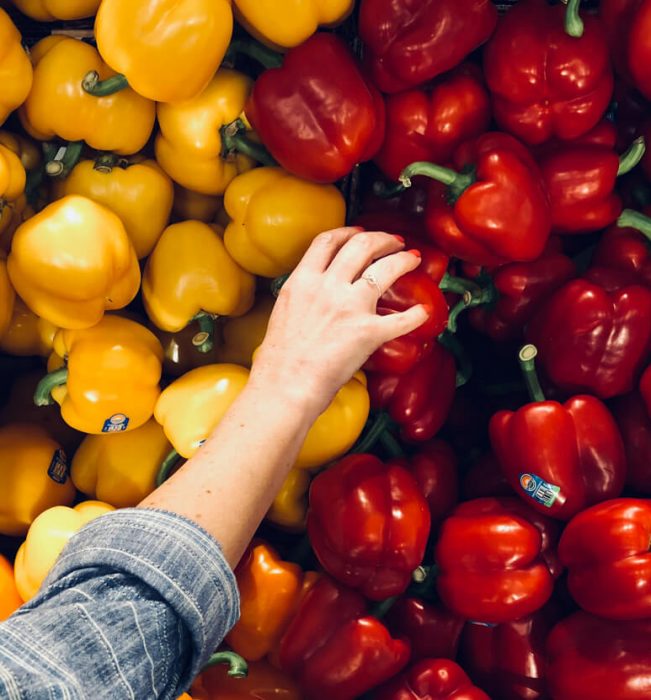
Thoughts, stories and ideas
- Sydney Davis
For many people, the grocery store can be a daunting place, especially for those starting a new diet! Learning the following tips will be helpful in aiding you in your shopping experience, and ultimately, your health!
- MAKE A LIST:
The first step in any project is to lay out your game plan. In this case, before hopping in your car, make a grocery list! This will, of course, consist of the staple items that you need, but you will also be able to get all the fresh, whole foods and ingredients needed for your meals for the week. Be sure to include emergency snacks or meals that fit your diet so that you won’t get tempted by an unhealthy and convenient option when you’re pressed for time!
Not only will having an aisle-by-aisle list help you shop more quickly and efficiently, but it will also stop you from wandering aimlessly through the aisles causing you to be lured into impulse buys. All in all, it goes without saying that making a list will help your shopping experience to be much less stressful.
- EAT BEFORE SHOPPING
When you shop hungry, oftentimes the hunger makes its way from its stomach into your eyes! Impulse buys are very hard to resist when your body is telling your mind that it needs everything that you’re seeing! Cravings can cloud your judgement, so be sure to eat before heading to the store.
- SHOP FROM THE OUTSIDE IN
All grocery stores have the same layout: perishables on the outside, dry goods on the inside. In this case, most of the unprocessed essentials that you’ll need in your recipes can be found along the perimeter of a store. Foods that are heavily processed and higher in unhealthy fats, sugars, and sodium will be found once you start heading towards the highly trafficked center of the store.
The best strategy is to enter near the produce section, and stock up on plenty of fruits and vegetables! Stay along the perimeter and tackle the meat and dairy next. By doing this, you’ll be left with a few specific ingredients and products left on your list that you can search out within specific aisles.
- READ THE INGREDIENTS
If you don’t understand the ingredient, then neither will your body! Compare the “Nutrition Facts” label between products before making a decision, and pay attention to differences in sugars, sodium, carbohydrates, saturated and unsaturated fats, so that you can make the best selection. The less additives, the better!
- LEARN THE LABEL
Many food labels can be confusing, so educating yourself on food labels is a great way to learn about the environment your food comes from, and how it has been produced. Here are some examples:
Antibiotic-free: the animal used was not given antibiotics during its lifetime.
Cage-free: the birds are raised without cages. What this doesn’t explain is whether the birds were raised outdoors on pasture, or if they were raised indoors in overcrowded conditions.
Free Range: the birds were allowed access to the outdoors. It does not necessarily mean that the products are cruelty-free or antibiotic-free.
GMO-Free: the plant or animal has been produced without being genetically engineered with GMO’s (DNA from bacteria, viruses, or other plants and animals.)
Grass-Fed: the animals are able to eat according to their natural diet, rather than being fattened up on grains. This is more humane, and the meat is typically leaner and lower in fat. This label means that the animals were never given animal by-products, synthetic hormones, or antibiotics to promote growth and prevent disease. However, the animal may have been given antibiotics in order to treat diseases.
Pasture-raised: This term is very similar to grass-fed, but the term pasture-raised more clearly indicates that the animal was raised outdoors on pasture.
Organic: There is no application of synthetic fertilizers, pesticides, sewage sludge in the farm and no contamination with the processing of organic products. These labels mean they are GMO free and all animals are pasture raised with an organic diet. No use of hydrogenation and trans fats.
As you can see, reading the labels while shopping at your local grocery store can be very enlightening!
